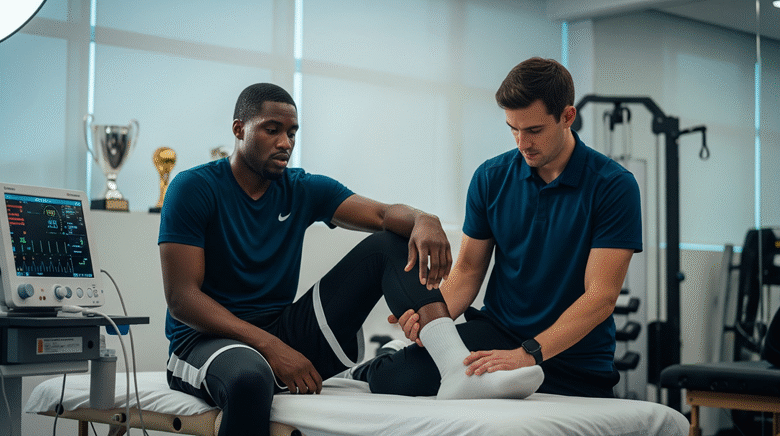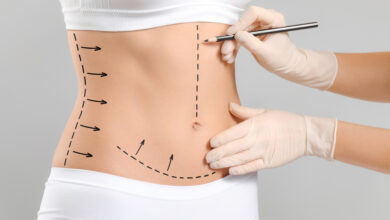Recovery Isn’t Optional: Why Pro Athletes Are Embracing Daily Regeneration Routines

In the world of high-performance training, recovery has gone from an afterthought to a daily discipline. From the elite athlete to the committed weekend warrior, people are discovering that how you rest is just as important as how you train.
Today’s recovery strategies go far beyond stretching or the occasional massage. They include science-backed tools like compression boots, cryotherapy, active mobility drills, breathwork, and targeted supplementation. It’s a dynamic, evolving landscape—and one where performance is no longer about going harder, but recovering smarter.
One of the most exciting trends in this space is the incorporation of oxygen-based recovery methods. Breath optimization and oxygen saturation support have shown potential in helping athletes reduce inflammation, accelerate muscle repair, and improve endurance. Whether it’s through nasal breathing protocols or more advanced techniques like mild hyperbaric oxygen therapy (mHBOT), oxygen is increasingly recognized as a performance variable.
mHBOT gently increases pressure around the body to enhance the absorption of oxygen into the bloodstream. When integrated into a recovery routine that already includes nutrient-rich meals, hydration, and fascia work, it becomes a powerful enhancer of results. Many athletes describe it as a way to “fast-forward” the healing process—waking up less sore and more focused.
Chambers like the OxyEdge Sitting Hard Shell model are especially attractive to active individuals because they combine functionality with comfort. Their upright design makes them ideal for multitasking—whether that’s listening to guided meditation, visualizing game-day performance, or simply taking a break from the day’s chaos.
The recovery game is changing. It’s no longer about reacting to pain or injury, but about proactively preparing your body to bounce back better and stronger. For athletes serious about longevity and consistency, investing in recovery isn’t optional—it’s essential.
By embracing tools that promote oxygenation, reduce inflammation, and ease the nervous system, you’re not just recovering—you’re upgrading. And in a world where milliseconds and margins matter, that edge can make all the difference.




